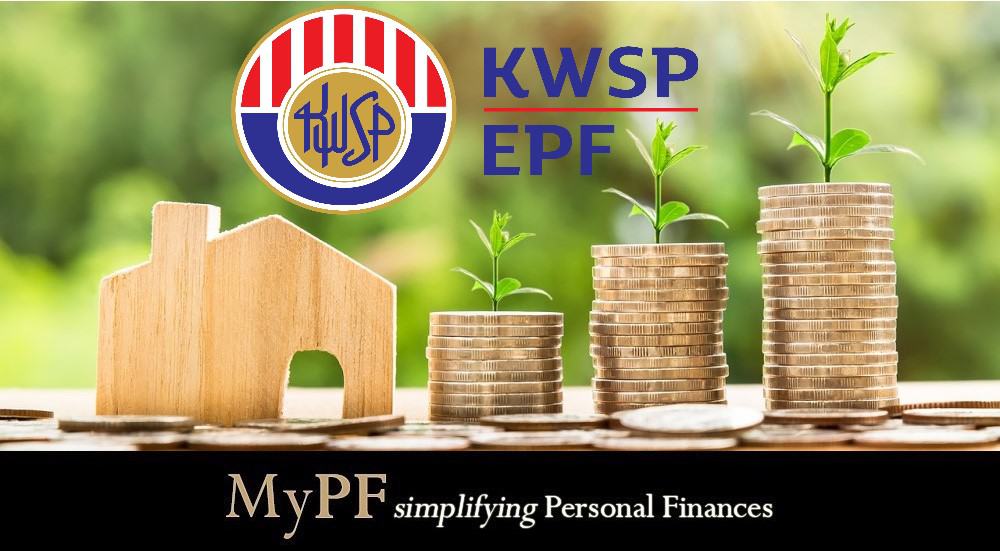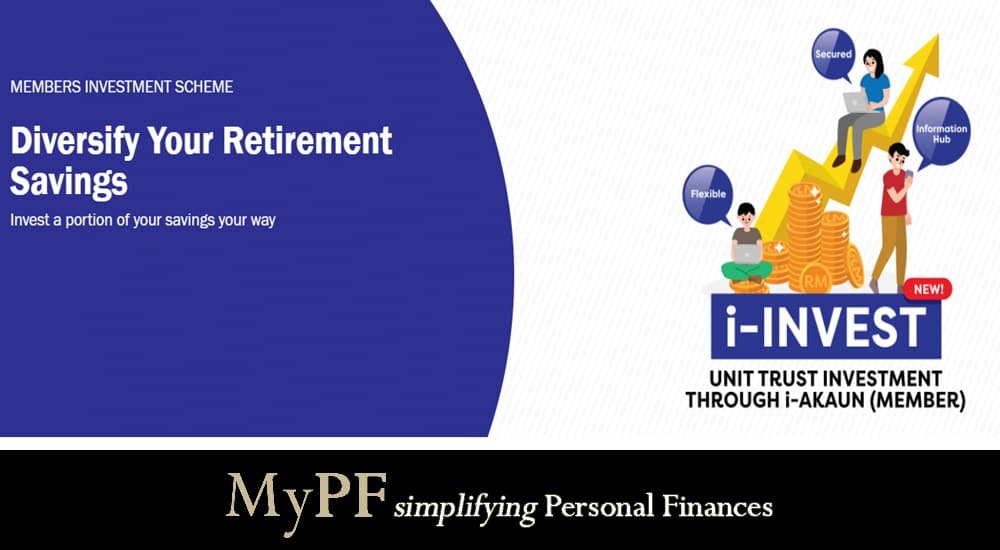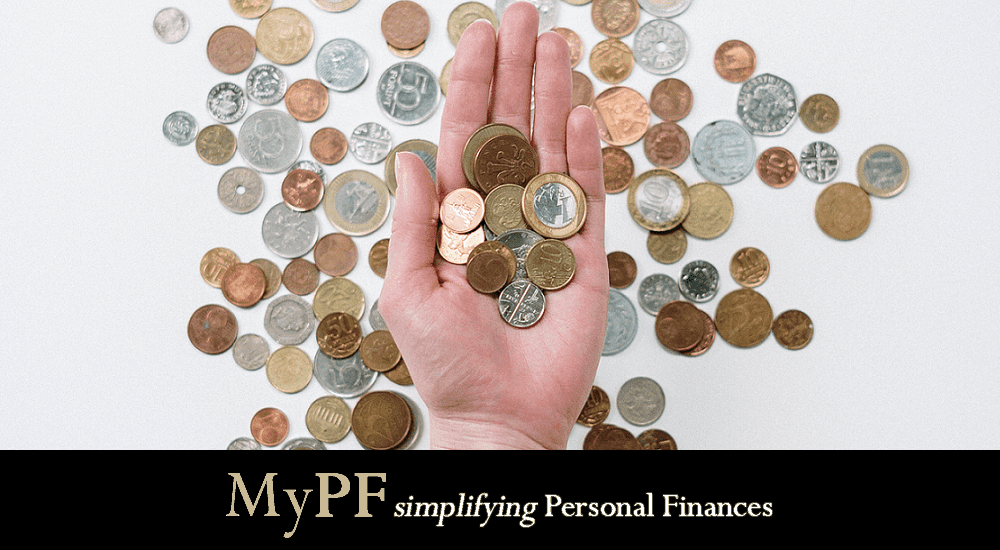Understand how KWSP functions and what are the tools it provides to its customers to ensure that your safety net for retirement is sufficient.
The Employees Provident Fund (EPF) is a cornerstone of Malaysia’s retirement savings system, established to provide financial security for Malaysian workers upon retirement. It is a mandatory savings and retirement plan for private and public sector employees, ensuring workers save a fraction of their salary during employment.
The EPF is managed by the Employees Provident Fund Organization (EPFO) and is one of the oldest and largest provident funds globally, with a significant role in aiding national infrastructural development.
EPF contributions are divided between the employee and the employer. Employees must contribute a portion of their monthly salary to the EPF, with the current rate set at 12% of their salary. Employers contribute an additional 12%, of which 3.67% goes into the EPF and 8.33% into the Employees Pension Scheme (EPS), subject to a ceiling.
These contributions are designed to accumulate over time, earning interest and thereby providing a substantial retirement fund for employees.
Contents
Types of EPF Accounts
Up to May 10, 2024, EPF savings were divided into two main accounts:
- Account 1 is primarily for retirement savings, with 70% of your monthly contribution directed here. This account was designed to secure financial stability for members post-retirement.
- Account 2 allows for pre-retirement withdrawals under specific medical expenses, home loans, and education conditions. It received the remaining 30% of your monthly contribution.
As of May 11, 2024, EPF savings were restructured and are now divided into three main accounts*, with the existing two undergoing a name change as well:
- Akaun Persaraan (Account 1) primarily for retirement savings, receives 75% of the monthly contribution.
- Akaun Sejahtera (Account 2) allows for pre-retirement withdrawals under specific criteria, receives 15% of the monthly contribution.
- Akaun Fleksibel (Account 3) allows for pre-retirement withdrawals, receives 10% of the monthly contribution.
*For more details about the re-structuring and about the Akaun Fleksibel, do read EPF Akaun Fleksibel (Flexible Account 3).
EPF Investment Schemes
When your contributions are saved into EPF, and do they just sit there? How is money earned for dividends to be distributed back to members?
The EPF invests members’ savings in a diversified portfolio, including equities, bonds, real estate, and infrastructure, to generate returns. The fund has a balanced investment strategy, allocating assets to domestic and international markets to optimize returns.
In 2022, despite global market downturns, the EPF declared a dividend rate of 5.35% for conventional savings, showcasing its robust investment framework. This means that even when the global market faced challenges, the EPF managed to generate solid returns for its members, highlighting the strength of its investment approach.
Withdrawal Options
The EPF is meant to be a repository for retirement funding, so a full withdrawal of all savings in all accounts is allowed upon reaching the age of 55.
Meanwhile, there are allowances for partial withdrawals from Akaun Sejahtera and Akaun Fleksibel.
Partial withdrawals involving Akaun Sejahtera (Account 2) are permitted for:
- Housing
- Education
- Medical expenses
- Insurance / Takaful
- Haj pilgrimage
- Achieving age 50
Partial withdrawal involving Akaun Fleksibel (Account 3) can be done any time provided the account is not empty.
These options provide flexibility for members to access their savings when needed, such as to cope with unforeseen circumstances like unemployment.
Is EPF Alone Sufficient For Retirement?
A common misconception is that EPF savings alone are sufficient for retirement.
While the EPF is a significant component of retirement planning, individuals should also explore other savings and investment options to ensure a comfortable retirement. Concerns about the adequacy of EPF savings highlight the importance of financial literacy and planning.
Members are advised to take several proactive steps to maximize retirement savings through the Employees Provident Fund (EPF).
Firstly, it is crucial to regularly review EPF statements to monitor savings growth and ensure that contributions are correctly recorded. Additionally, members should consider making voluntary contributions beyond the mandatory rates.
These additional contributions can significantly enhance the retirement corpus over time.
Another valuable strategy is to explore investment opportunities through the EPF Members Investment Scheme (EPF-MIS), which will be discussed in the last section.
Lastly, careful planning of withdrawals, particularly from Akaun Fleksibel, is essential. While this account provides flexibility for pre-retirement expenses, do be cautious when withdrawing to ensure sufficient funds remain to support financial stability in retirement.
By following these strategies, EPF members can effectively leverage their contributions to secure a more comfortable and financially stable retirement.
The Employees Provident Fund Members Investment Scheme (EPF-MIS)
This scheme (EPF-MIS) is a voluntary investment scheme that allows EPF members to enhance their retirement savings by investing a portion of their Account 1 funds into approved unit trust funds. This scheme is designed to allow members to increase the returns on their EPF savings through investments in a diversified portfolio of funds.
Some key details about the EPF-MIS:
#1. Eligibility and Investment Conditions
EPF members aged 18 to 54 with savings exceeding the Basic Savings amount in Account 1 can invest through the EPF-MIS. The Basic Savings is a pre-determined amount that increases with the member’s age, reflecting the amount needed to support basic retirement needs. Members can invest up to 30% of their savings more than their Basic Savings in Account 1
#2. How to Invest
Members can initiate and manage their investment transactions through the EPF’s online portal, i-Invest, which allows them to take control of their investments anytime. This platform simplifies transferring funds from EPF Account 1 to the chosen unit trusts.
#3. Benefits of Investing through EPF-MIS
Investing through the EPF-MIS allows members to enhance their retirement savings potentially. The scheme offers the flexibility to invest in domestic and selected overseas funds, providing opportunities to optimize EPF savings through a diversified investment strategy.
The EPF plays a pivotal role in Malaysia’s retirement planning landscape, offering a structured way for workers to save for their golden years. While the introduction of the third EPF Account promises to make the system more flexible by catering to the immediate financial needs of members, it’s important to note that this account has yet to be rolled out.
The implications of having a 3rd EPF Account include greater access to funds for emergencies or short-term needs, which could be a double-edged sword. On the one hand, it provides relief during financial hardships; on the other, it could lead to reduced savings for retirement if not managed wisely.
Conclusion
By understanding the EPF’s structure, contributions, and benefits, Malaysian workers can effectively leverage this tool as part of a comprehensive retirement planning strategy.
However, with the upcoming changes, including the introduction of Account 3, individuals must stay informed and consider the long-term implications of their withdrawal decisions on their retirement savings. This means striking a balance between addressing immediate financial needs and ensuring sufficient savings for a comfortable retirement.
Keeping abreast of updates and making informed choices will be key to maximizing the benefits of the EPF while safeguarding future financial security.
Need help with your EPF? Let us know in the comments down below.











Leave A Comment